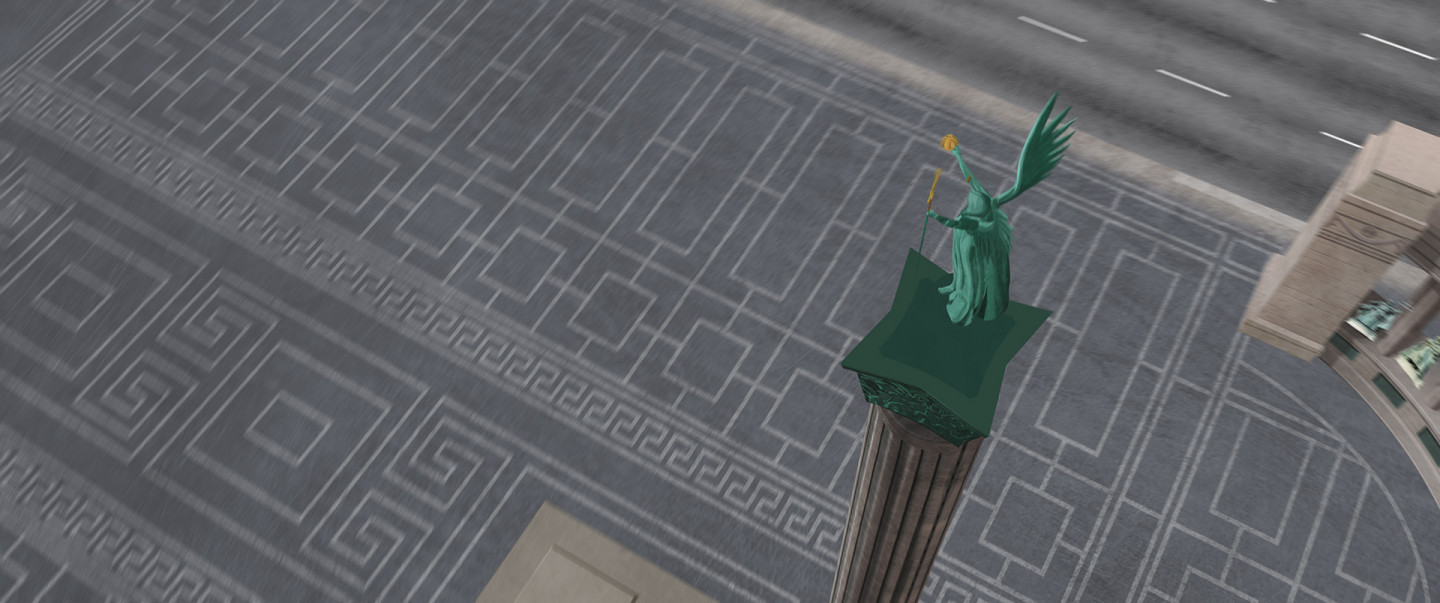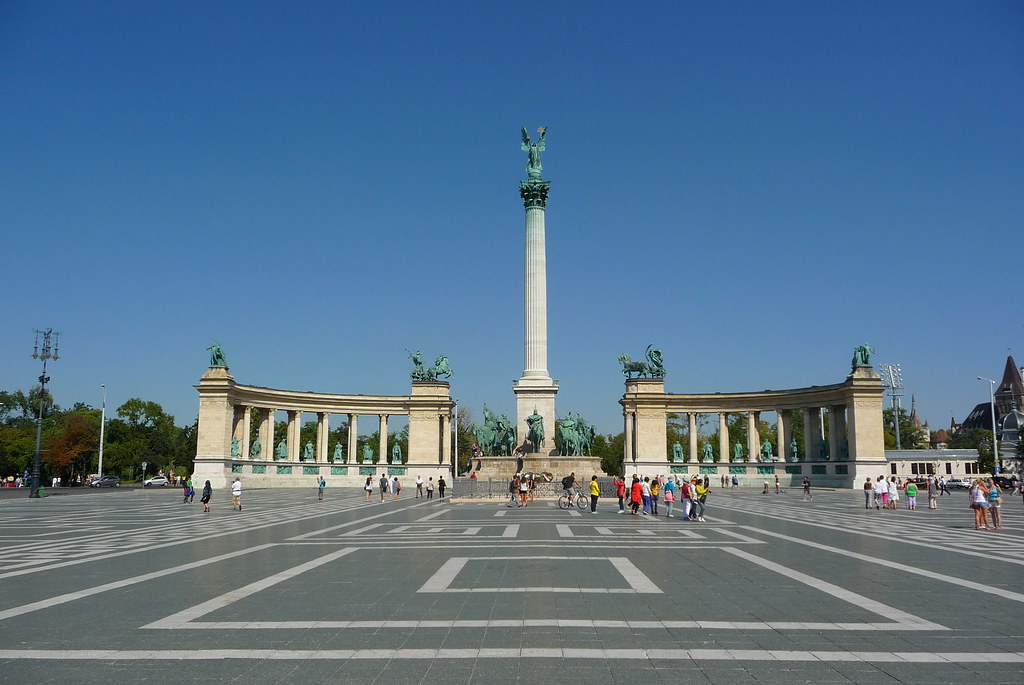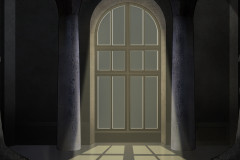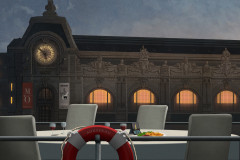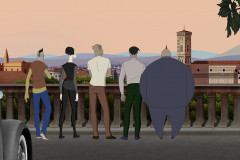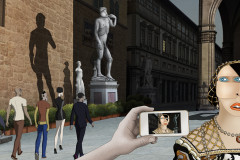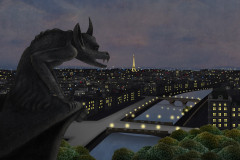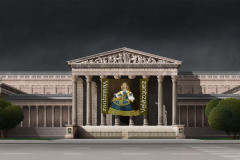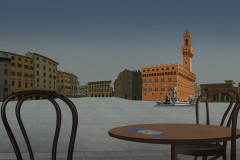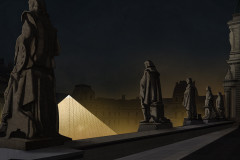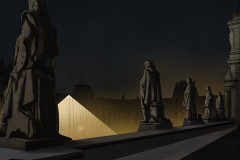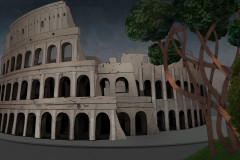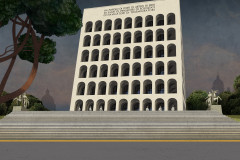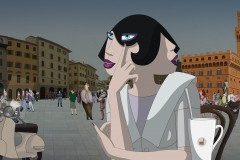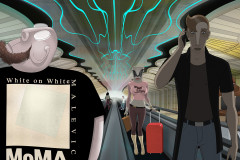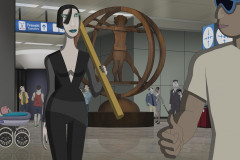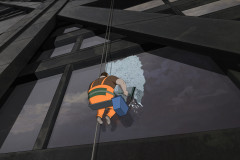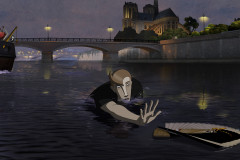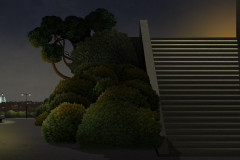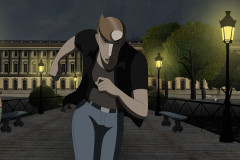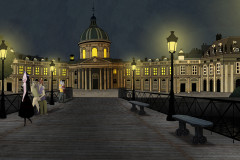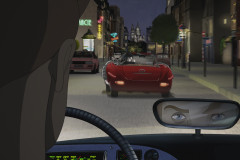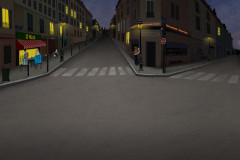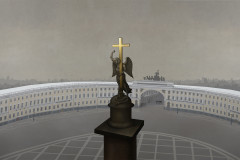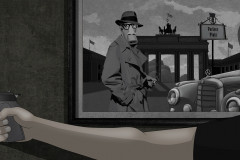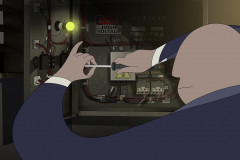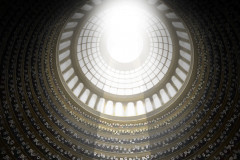Futóverseny, koncert, tüntetés, gördeszkázás – mindenki köt valamit a Hősök teréhez. Schickedanz Albert bizonyára azt, hogy ő tervezte. Mint megannyi más építészeti beruházást Budapesten, a monumentális Millenniumi Emlékművet is a honfoglalás ezeréves jubileumára építették 1896-ban az Andrássy út végére. Középen 36 méter magas oszlopon Gábriel arkangyal látható, kezében a Magyar Szent Koronát és kettős keresztet tart – épp ahogy a legenda szerint Szent István álmában megjelent. A kitárt szárnyú angyal alakjával Zala György elnyerte az 1900-as párizsi világkiállítás nagydíját. Az oszlop talapzatán a honfoglaló hét vezér bronz szobra látható. Az íves oszlopcsarnokokban magyar királyok alakjai sorakoznak, egy-egy hozzájuk kapcsolódó történelmi domborművel. Eredetileg öt Habsburg-király szobra is helyet kapott az együttesben, ezeket azonban a II. világháború alatt eltávolították, helyükre magyar hadvezérek kerültek. Az együttest allegorikus alakok egészítik ki.
Az már csak hab a tortán, hogy ennek az egész emlékműnek van egy másolata Kínában. Shanghai-tól nem messze, egy szórakoztató parkban a világ más nevezetességeinek replikái mellett építették fel a Hősök tere kínai másolatát.
Ruben Brandt csapata nem futóversenyre, koncertre vagy tüntetésre jött a Hősök terére, hanem egy csaj miatt. A Szépművészeti Múzeum Velázquez-festménye érdekli őket. Nem is távoznak üres kézzel, a szigorú spanyol etiketthez szokott Margarita Teresa infánsnő is velük tart. Mintha egy drónfelvételt látnánk, úgy jelenik meg a filmben a Millenniumi Emlékmű a magasból.
Heroes' Square
Running race, concert, protest, skateboarding—everyone associates Hősök tere (Heroes’ Square) with something. For architect Albert Schickedanz, it was likely the fact that he designed it. Like so many architectural projects in Budapest, the grand Millennium Monument was built in 1896 to celebrate the 1000th anniversary of the Hungarian conquest and settlement of the Carpathian Basin. Located at the end of Andrássy Avenue, the centerpiece is a 36-meter-high column topped by Archangel Gabriel, holding the Hungarian Holy Crown and a double cross—just as he was said to have appeared in a dream to Saint Stephen. Sculptor György Zala won the Grand Prize at the 1900 Paris World’s Fair for the angel’s figure with outstretched wings. At the base of the column stand bronze statues of the seven chieftains who led the conquest. The curved colonnades feature statues of Hungarian kings, each paired with a historical relief. Originally, five Habsburg monarchs were included in the monument, but they were removed during World War II and replaced with statues of Hungarian military leaders. The ensemble is completed by allegorical figures.
And if that weren’t surreal enough, there’s actually a replica of the entire monument in China. Just outside Shanghai, in a theme park filled with miniature versions of world landmarks, you’ll find a copy of Hősök tere.
Ruben Brandt’s team didn’t come to the square for a race, a concert, or a protest—they came for a girl. Specifically, Velázquez’s painting in the Museum of Fine Arts caught their attention. And they don’t leave empty-handed: the refined Infanta Margarita Teresa, so used to strict Spanish etiquette, ends up joining them. In the film, the Millennium Monument appears from above, as if captured by a drone—majestic and cinematic.






